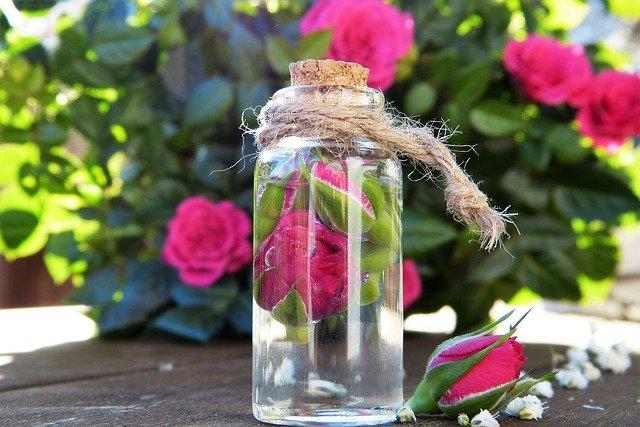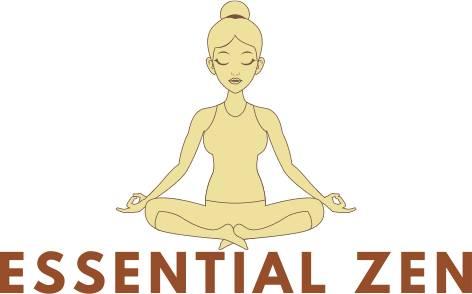
Did you know that homeopathic medicine has been around for over 200 years? It’s a type of alternative medicine that focuses on using natural ingredients to treat illness and promote wellness. The history of homeopathy is fascinating, and it continues to grow in popularity today. In this blog post, we will explore the origins of homeopathy and discuss some of the key moments in its history. We’ll also take a look at how homeopathy is used today and why so many people are choosing this form of treatment!
The Origins of Homeopathy
The ancient Greek words “Homoeos” and “Pathos” (similarity and sickness or disease), in turn, gave rise to the term “homeopathy.” The fundamental axioms of the homoeopathic treatment method are: “Similia similibus curantur,” which means “things should be treated similarly to what they are like.” Samuel Hahnemann received acclaim for developing homeopathy into a branch of medicine.
Cinchona Bark’s Magic
Dr. Christian Friedrich Samuel Hahnemann was a German Allopathic Physician who practiced in Germany. Despite the fact that he established an allopathic medical practice, he terminated it after becoming dissatisfied with his medical science and began translating books from German to English.
During his studies, Hahnemann came across a comment in Cullen’s book Materia Medica that said cinchona bark has a bitter flavor and is used to treat malaria. This piqued Hahnemann’s interest and he subjected the medicine to testing on his body. His body exhibited signs of malaria and he then tested the same remedy on his family members as well. This was the first case of a medicine demonstrated to be effective in 1790, which led to the discovery of Homoeopathy.
Homeopathy’s Cardinal Laws and Fundamental Principles
In order to understand homeopathy, one must first be familiar with its two cardinal laws and three fundamental principles. Here are the three cardinal laws of Homeopathy:
• Law of Similia:
The Law of Similars, sometimes known as the “Law of Similars” or “Principle of Similars,” is the basic principle of Homoeopathy. The treatment given after a careful examination of the entire symptoms exhibited by the patient results in the same sickness in a healthy body. The more similar the symptoms are the greater the cure’s assurance.
• Law of Simplex:
A single homeopathic remedy is given to a patient only one at a time. Every chemical has its own set of characteristics that are lost when it’s combined with other chemicals and new properties emerge as a result of the combination. In Homoeopathy, every medication is subjected to thorough research and testing before being utilized in its pure form.
• Law of Minimum Dose:
The German physician Hahnemann noted that the quantity of medicine that should be administered to patients was based on their symptoms. They discovered that giving large dosages of similar indicated medicines to humans produced severe and long-lasting responses before the treatment process began. Homeopathy employs sub-physiological doses of medications.
The Beginnings of the First U.S. Homeopathic School
The first homeopathic medical school in the United States was founded by followers of Hahnemann in the late 1800s. Its success in treating several disease epidemics — including scarlet fever, typhoid, cholera, and yellow fever helped it gain popularity.
The school’s approach of therapy became quite popular in the early 1900s. There were 22 homeopathic medical schools, 100 homeopathic hospitals, and over 1,000 homeopathic pharmacies at that time. Boston University, Stanford University, and New York Medical College were among the many colleges that taught homeopathy.
The Rise of Homeopathy
Although the United States has shown a marked drop in interest in homeopathy throughout the last century, other nations, particularly those in Europe and Asia, have seen a consistent rise in homeopathic instruction and interest. Almost all French pharmacies provide homeopathic treatments and medicines, with a particular following in Russia, India, Switzerland, Mexico, Germany, the Netherlands, Italy, England, and South America.
Homeopathy is also making a comeback in the United States. According to the National Center for Homeopathy in Virginia, Americans spent 230 million dollars on homeopathic medicines in 1996, which was a resurgence. It’s been claimed that sales are rapidly increasing at around 12% each year.
Homeopathy has grown in popularity, with doctors, scientists, academicians, businesses, and the general public all contributing to their rapid rise.
More About the Authors
Essential Zen focuses on Homeopathy, which is a medical system based on the belief that the body can cure itself. Those who practice it use tiny amounts of natural substances, like plants and minerals to stimulate the healing process. It was developed in the late 1700s in Germany and is becoming more popular in the United States. Our mission is to increase that popularity and help it continue to grow.
We really appreciate all the help of the most affordable CBD online business. If you’re looking for an alternative to pharmaceutical drugs, Mary Jane’s is the place. They offer our customers quality-made CBD products that are sure to be of interest. Their team is passionate about spreading health and wellness by making CBD accessible to all who seek it. Get in touch with them today if you want something different than what your doctor can provide!
